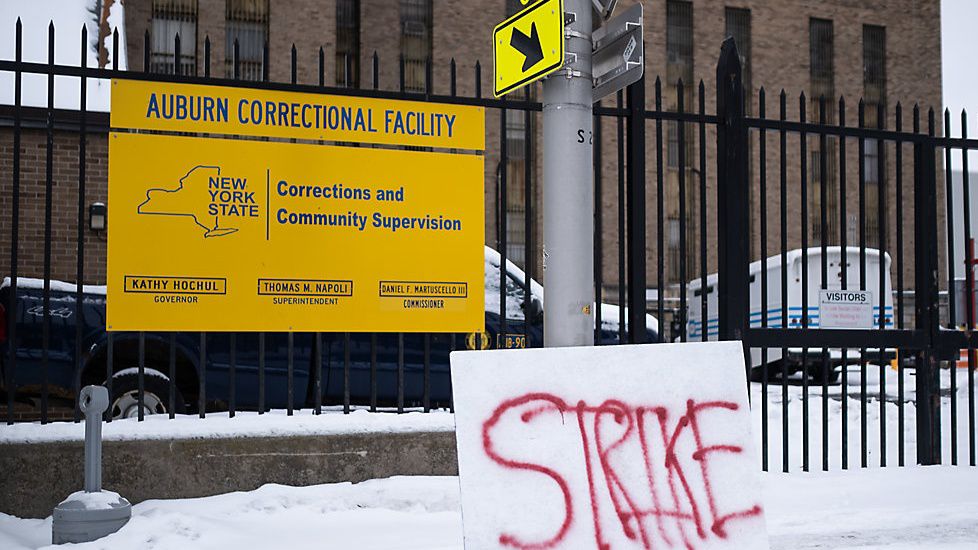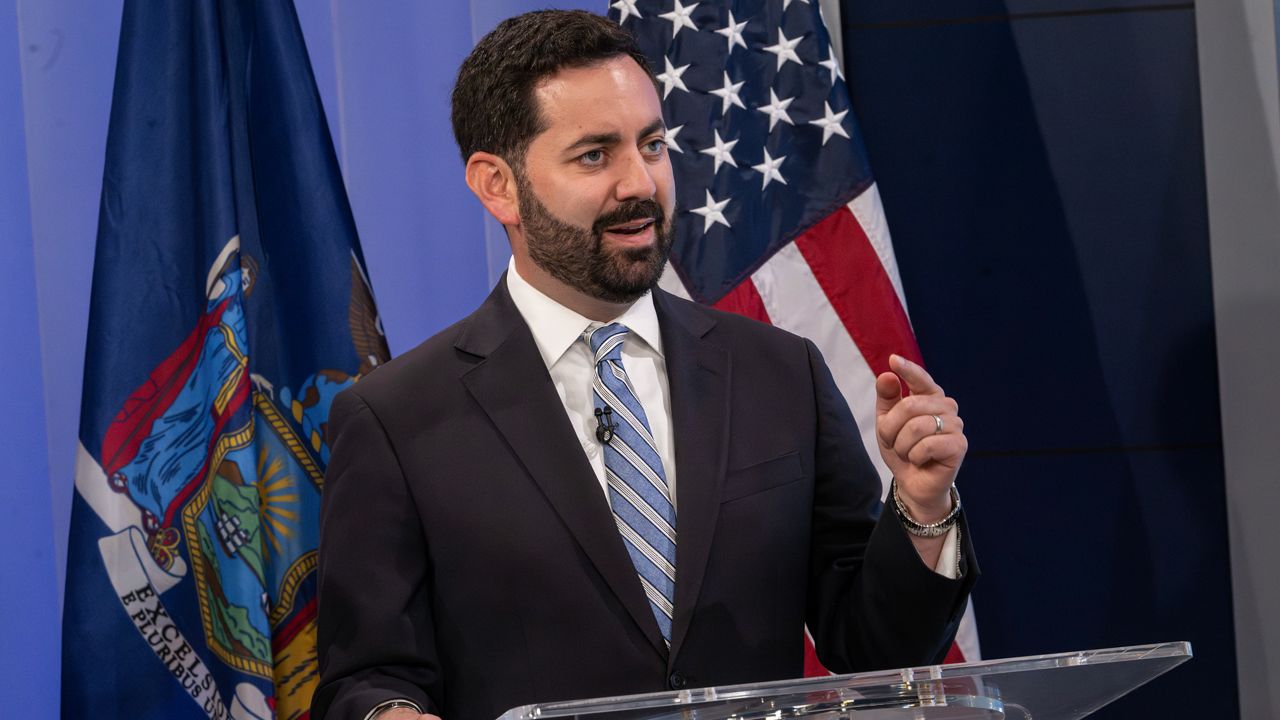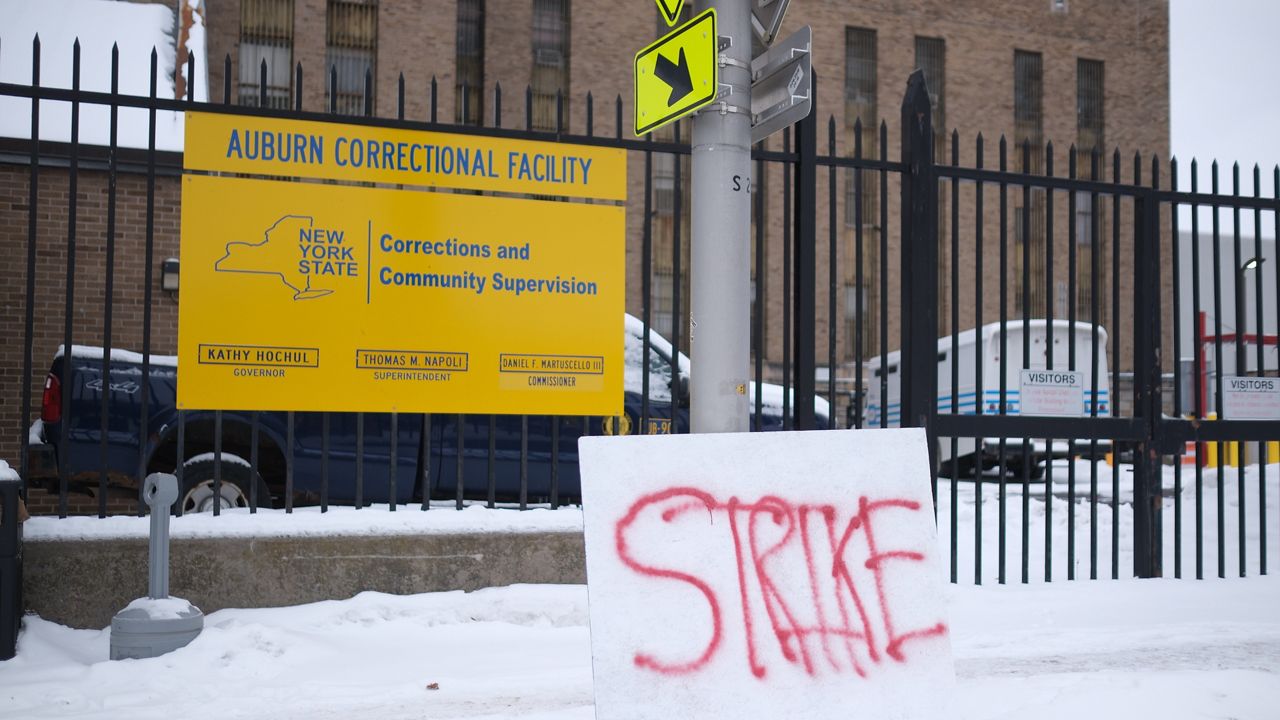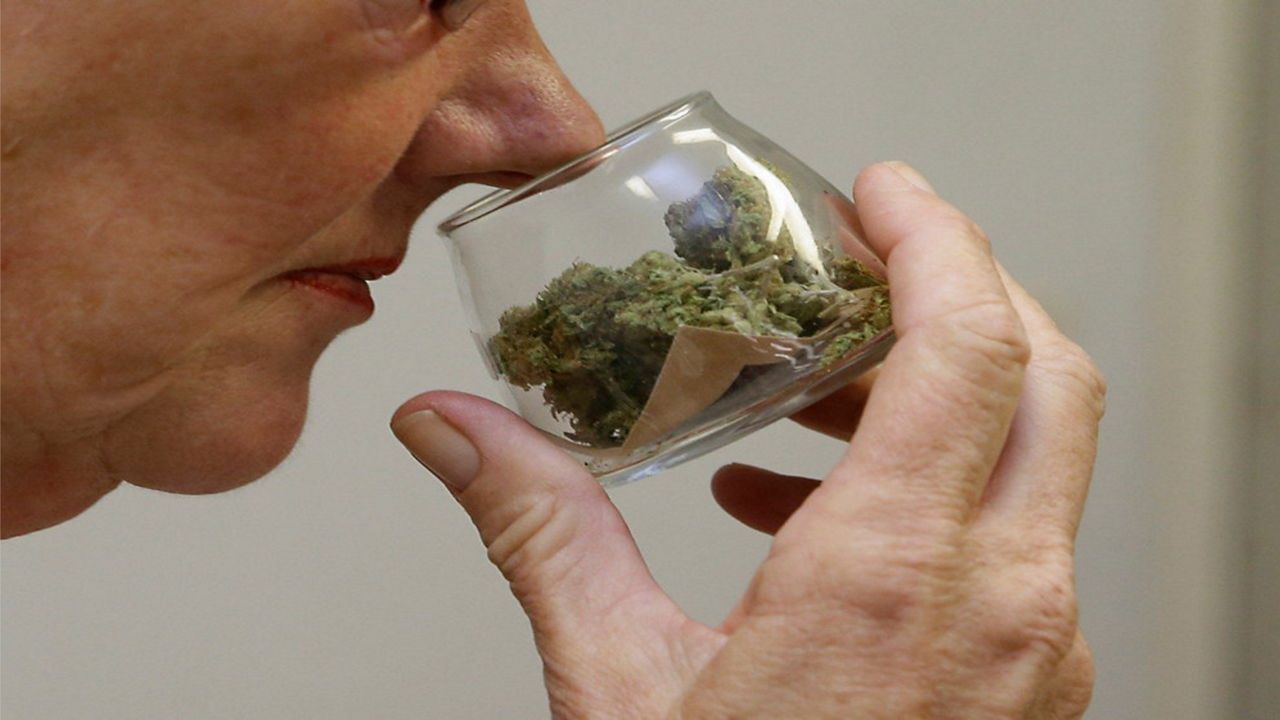Hundreds of migrants in the state who were moved outside New York City will be relocated back to the five boroughs in the coming weeks, New York State Association of County leaders said Monday.
More than 200,600 migrants have arrived in the state since spring 2022, and more than 65,600 people remain in the city's care, according to city data. Up to 1,500 migrants live in temporary emergency shelter outside the city.
New York Mayor Eric Adams' office and counties are working together on a plan to relocate displaced asylum seekers back to the city after school adjourns for the summer this week, New York State Association of Counties Executive Director Stephen Acquario said.
"The city placing migrants in upstate was always meant on a temporary basis," Acquario said Monday, adding Adams initially bused the newcomers outside the city after Texas Gov. Greg Abbott sent thousands of additional people to New York.
Upstate communities lack the funding, shelter space and other resources to effectively help thousands of asylum seekers, Acquario said, adding counties do not expect new arrivals to be sent outside the city.
"The city seems to be able to handle the influx, but the city needs ongoing resources from federal and state governments," he said.
A New York City hall official Monday said migrants were relocated upstate temporarily and officials are discussing an alternative location. A final relocation plan has not been settled, according to the mayor's office.
Families in May were evacuated from a Super 8 Motel in Rotterdam, in Schenectady County, because of reports of issues with the fire system, the city hall official said. At the time, Rotterdam town officials said the motel was vacated because of issues with the building's fire suppression system, the fire alarm panel and roaches and bedbugs in the motel. Town Supervisor Mollie Collins did not immediately respond to a request for comment Monday night.
"The vast majority have been without incident," Acquario said. "There are situations in all properties, but again, it's a long-term capacity problem in the upstate communities that's the driving force for relocation."
County leaders and Adams have been working on a relocation plan over the last several weeks for upstate migrants who are not under an existing resettlement plan, but details of how many people that includes remain unclear.
It's also unclear if DocGo, the controversial medical services company the city contracted with to oversee housing and services for migrants, will handle the upcoming relocations. The company has continued to serve asylum seekers living in upstate hotels after Adams said in April the city will not renew its $432 million no-bid emergency contract.
Last year, the state allocated $25 million to a Migrant Relocation Assistance Program overseen by the state Office of Temporary and Disability Assistance.
The program offers up to one year of rental assistance and other services for migrants who have applied for asylum or other status that allows them to apply for work authorization, according to OTDA.
Migrants who moved upstate under MRAP will not be relocated and the program will continue for interested and eligible families.
A total of 382 migrant families have been relocated outside New York City under the program, including 100 each in Albany and Monroe counties, 72 to Westchester County, 59 in Suffolk County and 51 in Erie County, according to the department.
Albany County Executive Dan McCoy said the county has about 1,300 asylum seekers, but about 700 people in that group are not under an existing resettlement program, like MRAP, and will be bused back to the city next month.
"It's having a fiscal impact," he said.
The state allocated nearly $4 billion in the last two budgets to help the city shoulder the cost of housing, medical and other essential services for the newcomers.
"We have a homeless crisis in this state of New York," McCoy said. "Imagine if we took that $4 billion and gave people free housing and said 'Hey, look, here's a house you're going to live here for free, you have to maintain it and you have no mortgage other than paying insurance and taxes? Wow. Four billion [dollars] would go a long way.'"
OTDA said an additional 833 migrant families in New York City have expressed interest in relocating, and 23 have signed leases with a pending move. The department has approved 10 to move. A total of 318 families referred to the program declined to participate or were not eligible.
New York City officials started identifying eligible families last mid-August, but the relocation of any people sent upstate before the program took effect remain the city's responsibility.
Acquario said Congress and the federal government must take action, and said a state or city official should be stationed at the Southern border to prevent a worse humanitarian crisis.
"The Congress is not doing their job, the president is not doing his job — they need to do their job," Acquario said. "County officials have their job to do in New York state and they're overwhelmed with health and human services programs. We're just coming off a pandemic and homelessness has spiked since the pandemic. We've gone through a lot."
Representatives with Gov. Kathy Hochul’s office referred questions to Adams’ office.
Hochul discussed the need for federal action and funding for asylum seekers during an MSNBC interview June 4.
"The Biden administration is working hard to give the work authorizations, but there are backlogs because, guess what? Once again, we don't have the money allocated from Congress,” Hochul said. “The money comes from Congress. Anything that's going to cost Congress a dime to help facilitate this processing or to help us manage the flow or help them get the jobs, Congress is the only entity that can allocate the dollars."




_Dnt_Protest_Migrant_3060_Policy_Clean_129952041_1487)



